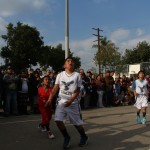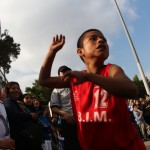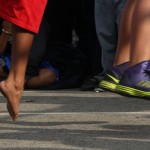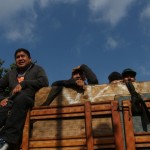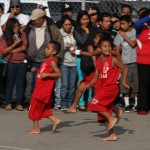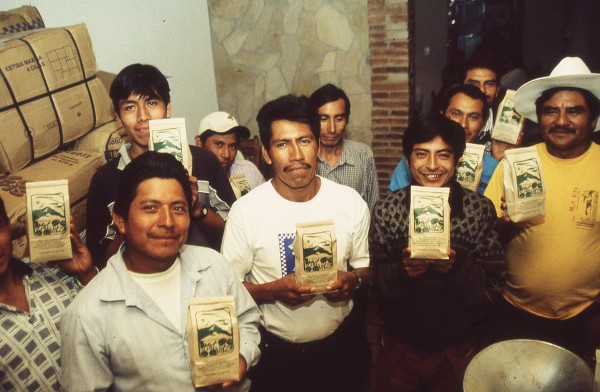In the farming town of Carthage, Illinois, a lot of kids are afraid of summer.
Ada Bair told me this. Ada runs a rural hospital in Carthage, population 2700, in Hancock County in western Illinois. I met her in Springfield, where I spoke this week to a conference of rural hospital administrators.
Half the kids in town are eligible for free or reduced lunches. So many Carthage kids rely on school for food, she said, that the idea of summer terrifies them. This is the byproduct of rural poverty, unemployment and now widespread drug addiction.
Yes, kids in America’s farm belt don’t have enough food for the weekend. There’s something very messed up about that.
A few years ago, Ada started Food For Thoughts, which sends home weekend lunches with these kids. Her hospital also now funds free lunches for kids 18 and under through June and July. I’m not sure about August and was afraid to ask.
Six weeks ago, Ada’s husband, Charlie, opened a frozen-yogurt shop in what had been a long-abandoned drive-in bank that he’d bought and remodeled. He calls it Lilly’s, for Ada’s late mother, who helped bag the lunches for the kids before she passed at age 102 last year. The shop is at Wabash and Madison in downtown Carthage.
lunches for the kids before she passed at age 102 last year. The shop is at Wabash and Madison in downtown Carthage.
“He wanted to do something on a micro scale that could be replicated in other communities to help revive dying downtowns,” Ada said.
Lilly’s operates in an economic desert of shuttered storefronts. It offers chocolate, vanilla, and a flavor that changes periodically; salted carmel pretzel was a big hit. The profits go to Ada’s Food For Thoughts.
Carthage has been thinning out for years now, Ada says. Methode – a company that makes batteries – has finished moving most of what was several hundred jobs down to Mexico, in a process that took 15 years. Farms are consolidating, too. They’re still family farms, but where there was four or five farms and families working them, there is now one. Where there were four or five farm houses on one road, there’s now one. A farm that size is the only way to afford the kind of massive farm equipment they’re selling these d ays.
ays.
So there’s just fewer people in Carthage, fewer people to support grocery stores, churches, to form the critical mass to move projects of all kinds. Less community. Made it feel almost like a desert – at least where people are concerned. With that comes isolation and a deep poverty.
Seems to me this also has a lot to do with the opiate-addiction epidemic in America. Isolation – in suburbia or in tiny farming towns. Either way, we’re cut off from each other. Opiates feed on that. As drugs, they create the idea that being alone is preferable. But in a small town or county, they also create the feeling that we’re powerless against them. It’s true; when we work in isolation, all problems are insoluble. Sometimes I get depressed.
But then I meet folks like Ada Bair — a little like Narcan for the soul.


